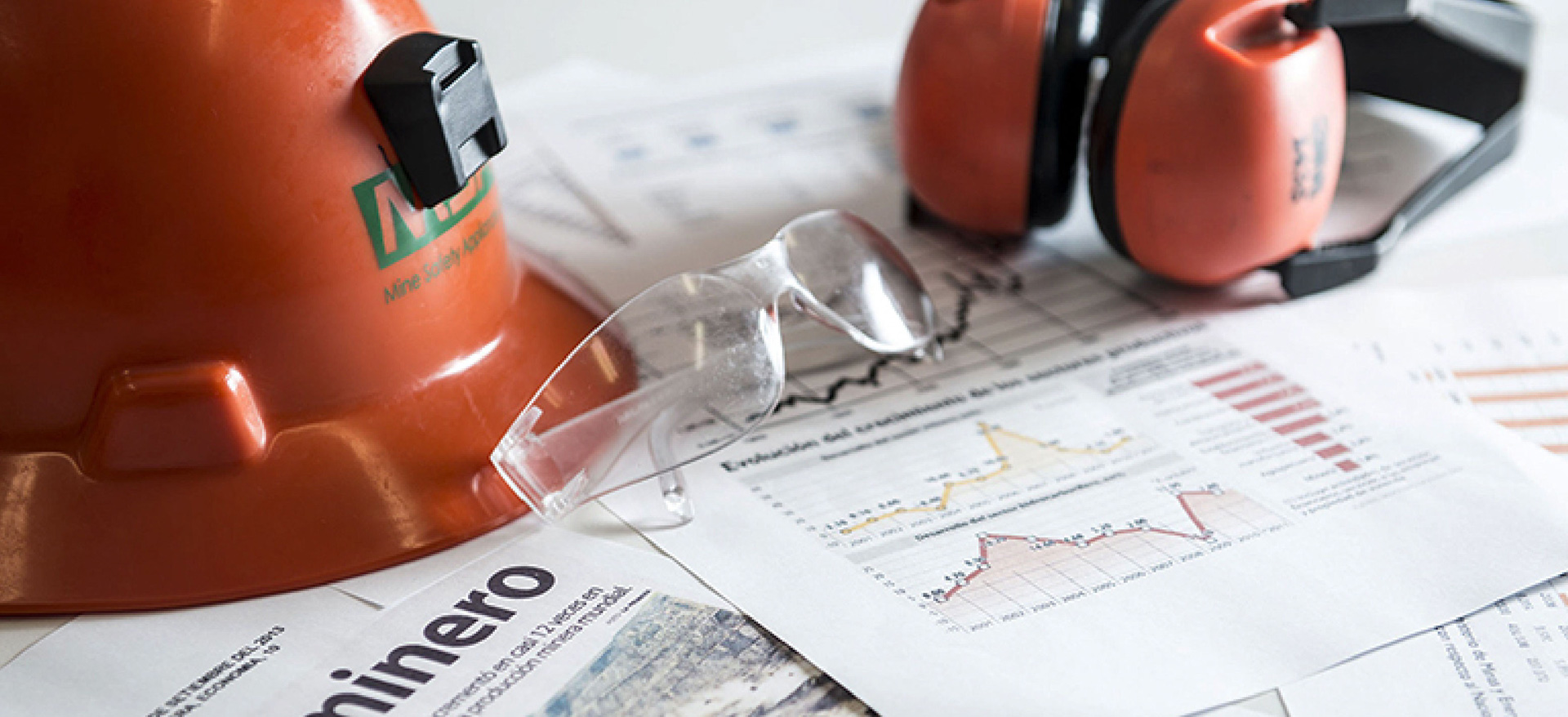LIMA, JULY 15 2021 The actual tax burden for a mining company is between 45% and 50%

At the last conference, held as part of the Heading to PERUMIN program, the level of taxation of mining companies operating in Peru was analyzed and discussed.
For Ricardo Carrión, Corporate Finance Manager of Kallpa SAB, the real tax burden for a mining company in Peru is between 45% and 50%.
"Some people speak of only 30% as if Income Tax were the only tax. We must remember that if we add the special taxes for mining and the new royalties, we reach a very significant amount," he said.
He added that between the traditional mining royalties, the new mining royalties, the special mining tax and the special mining levy, it has totaled around S/ 15 billion from 2011 to 2020.
"Of the total transfer, 60% is represented by the mining canon - which is 50% of Income Tax; 33% corresponds to mining royalties and 6.1% corresponds to the validity right that mining companies pay for having the concessions," he said.
Pablo de la Flor, Executive Director of the National Society of Mining, Petroleum and Energy (SNMPE), pointed out that the mining sector in our country is subject to eight charges including taxes and general contributions.
He specified that in addition to those already mentioned by Ricardo Carrión, there is also the payment for worker participation, which is 8% -and in the case of mining with a ceiling of 18 salaries; the remainder is delivered to Fondoempleo, the contributions to the mining retirement funds and the contribution by regulation.
In light of this, he emphasized that the Peruvian tax regime is higher than the average in the main mining countries.
“Although we have an interesting portfolio of projects, a large part of our high-grade deposits have already been developed. In addition, our costs are still competitive but there are other locations that are ahead of us; so, be careful with modifications that increase collection in the short term but could discourage investments and production in the long term”, he said.
Impact on mining exploration
During the conference panel "Tax Considerations in Peruvian Mining", Carlos Casas, Dean of the Faculty of Economics and Finance of the Universidad del Pacífico, pointed out the consequence of a higher tax burden on mining exploration.
“If we are going to have mining projects with a higher tax burden, what will end up happening is that exploration will be discouraged. Let us not forget that when exploration is performed, reserves increase, interesting projects are identified; and all this leads to the construction of projects that will imply a very strong investment and would allow the generation of direct and indirect employment”, he said.
For Luis Alberto Arias, former National Superintendent of Sunat, although there has not been a matching between the benefits of this new tax regime and the international conditions of high prices; this scenario could change as of 2021.
“Large mining projects have already matured, such as Las Bambas, Toromocho, the Cerro Verde expansion. So, I think that from 2021 onwards there will be a match between the adequate design of the tax regime and the favorable price conditions. Therefore, what awaits us in the coming years is a mining boom that will be reflected in tax collection”, he stressed.
Mining GDP
Furthermore, Jorge Manco, professor and researcher at the Universidad Nacional Mayor de San Marcos, stated that according to his projections, the participation of mining in Peru’s Gross Domestic Product (GDP) would be 15%.
"Mining is the most important sector not only for shareholders but also for the State," said Jorge Manco.







